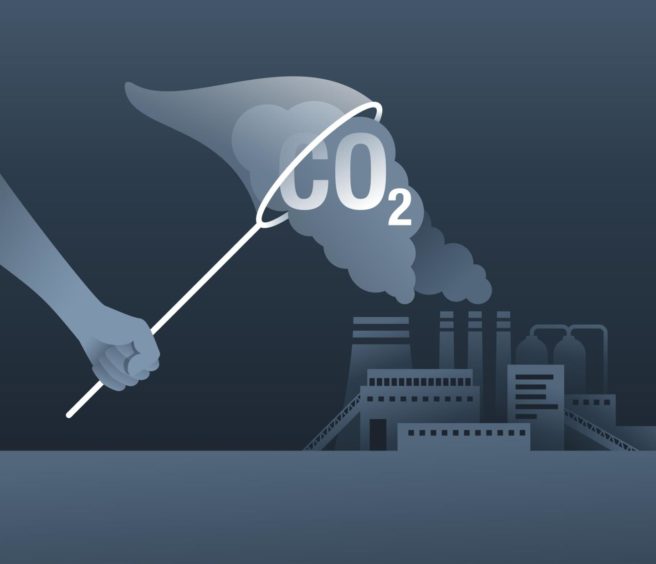
The Institute for Energy Economics and Financial Analysis (IEEFA) recently published a report examining carbon capture and storage (CCS), which claimed many sequestration projects have failed or underperformed. Environmentalists described it as “damning”, but Professor Stuart Haszeldine, director of Scottish Carbon Capture & Storage (SCCS), believes it is too simplistic.
This CCS report has compiled a lot of numerical information, but the interpretations made are too simplistic, focusing on under performance and not adequately analysing why the successful projects perform well, and why under performing sites are less effective
The track record from many tens of commercial projects, shows that CO2 separation works very well on pure gas streams from industrial sites such as refineries or methane burning. However CO2 separation has worked with only partial effectiveness on combustion producing dirty flue gases at coal power plants or bio-energy plants.
The IEEFA report fails to make the extremely important distinction between capture, transport and storage, and the continual missing link that there is no market price to pay for CO2 injection into storage. The best price is usually given by the CO2-enhanced oil recovery industry, which is why the great majority of CO2 is sold for oil production. And where there is no purchase by oil production, the CO2 is vented – and lax local environmental regulation means the penalties are too light. One example could be the Gorgon project in west Australia, where the oil company is paying for emissions and has not fixed the technical problem of CO2 storage. That is counted as a failure of CCS by the IEEFA report, when it is really a failure of markets and regulation
CO2 capture is established to work very well at industrial scale on streams of clean gases. Several examples are routinely operating to design specification where natural mixtures of CO2 and methane are separated to high purity. Examples which work exactly to design offshore include Snohvit and Sleipner in Norway, and QUEST in Alberta, where penalties for failure are large taxes, so a lot of attention is focused on ensuring that all the CO2 is injected to permanent storage. Examples of gas separation onshore include the Exxon Shute Creek site, where the IEEFA report shows up to 7 million tonnes/year are separated at one plant. If enhanced oil recovery operations do not pay for CO2, it is vented, and the IEEFA incorrectly counts that as a failure.
Separation of CO2 from contaminated gas streams derived from coal or biomass is less reliable. Pilot project demonstration CCS projects have not operated at full design capacity, but the purpose of building these was to learn how to make the next plants work much better. Many pilots have worked well, so the challenge is how to make those designs work at larger scale. This is a challenge for Drax to overcome in the UK
Lastly, the IEEFA report claims that geological storage is insecure, and points to the Aliso canyon methane leakage in California as one example. That’s not useful as methane, not CO2, was stored at very high pressures and well failure was corrosion of casing not detected by lax company monitoring.
The In Salah CO2 project is cited as a second example of failure. No CO2 is known to have leaked, and very rigorous monitoring detected unplanned effects underground. The injection well was then closed before adverse consequences could arrive.
Where I agree with IEEFA is that CCS is a very long way behind schedule. If governments fail to make oil companies deliver on CCS projects, there are very few options remaining. The simplest concept is to stop producing oil and gas and to stop making global warming happen. But as the present fossil fuel shortages show in Europe, that is a risky strategy with high prices and shortage of energy before adequate renewable or nuclear sources are provided
Recommended for you

 © SCCS
© SCCS